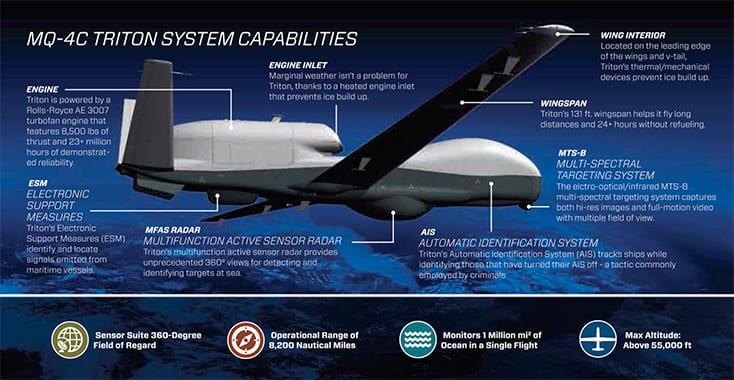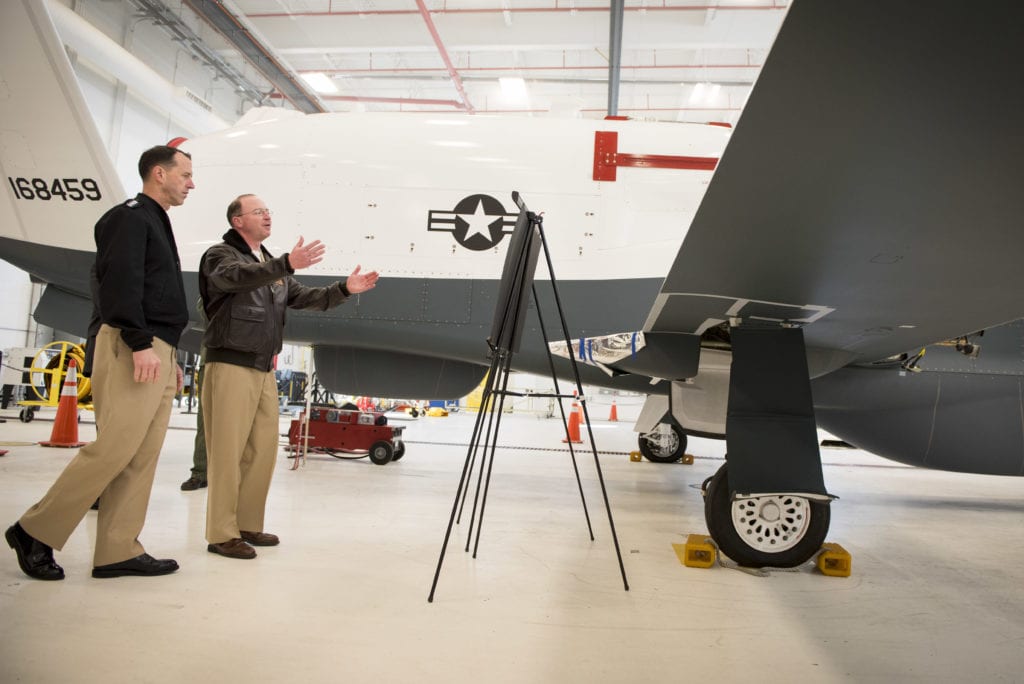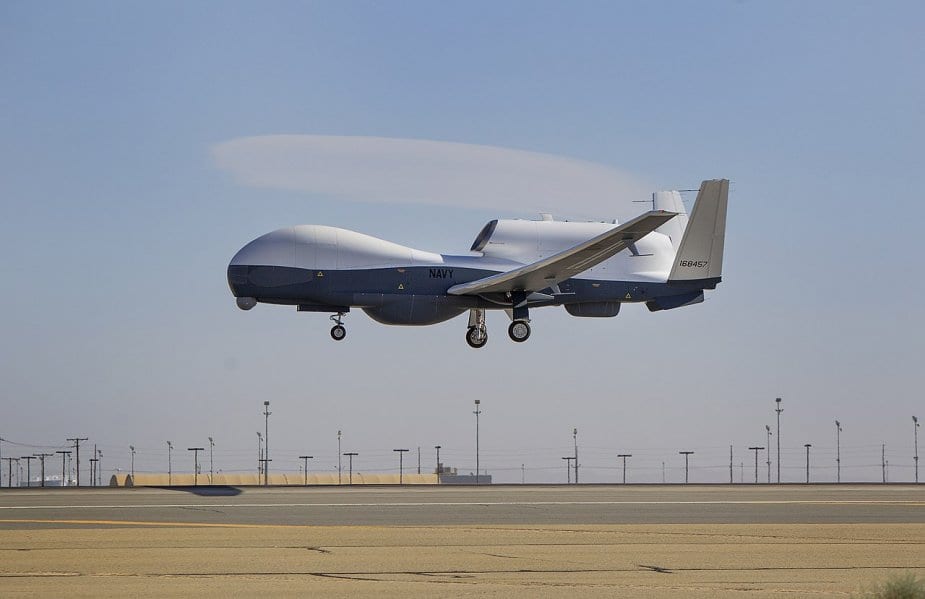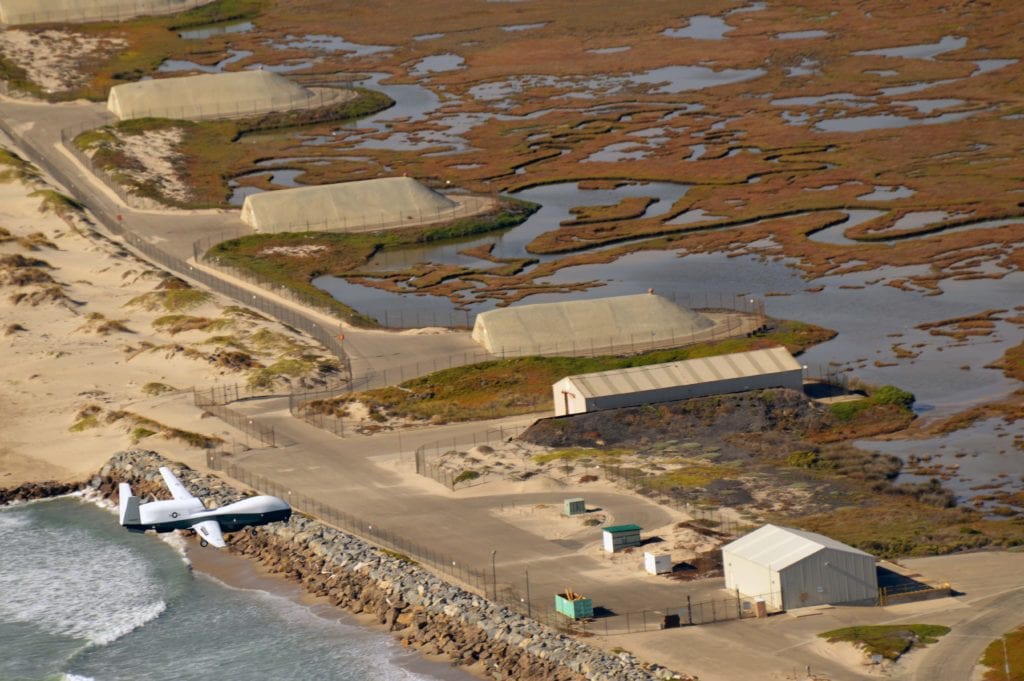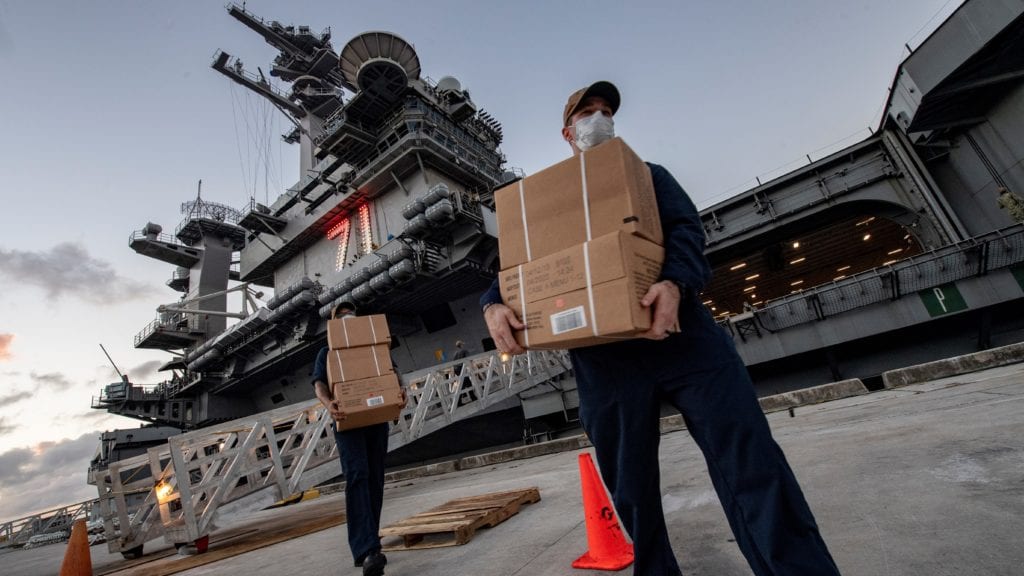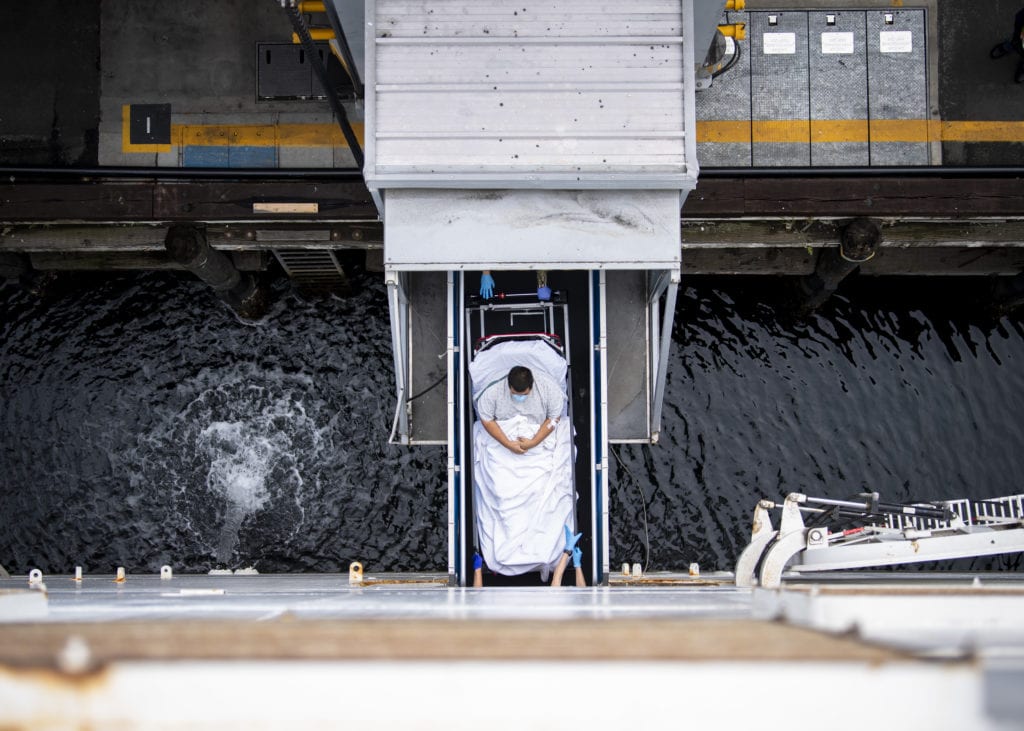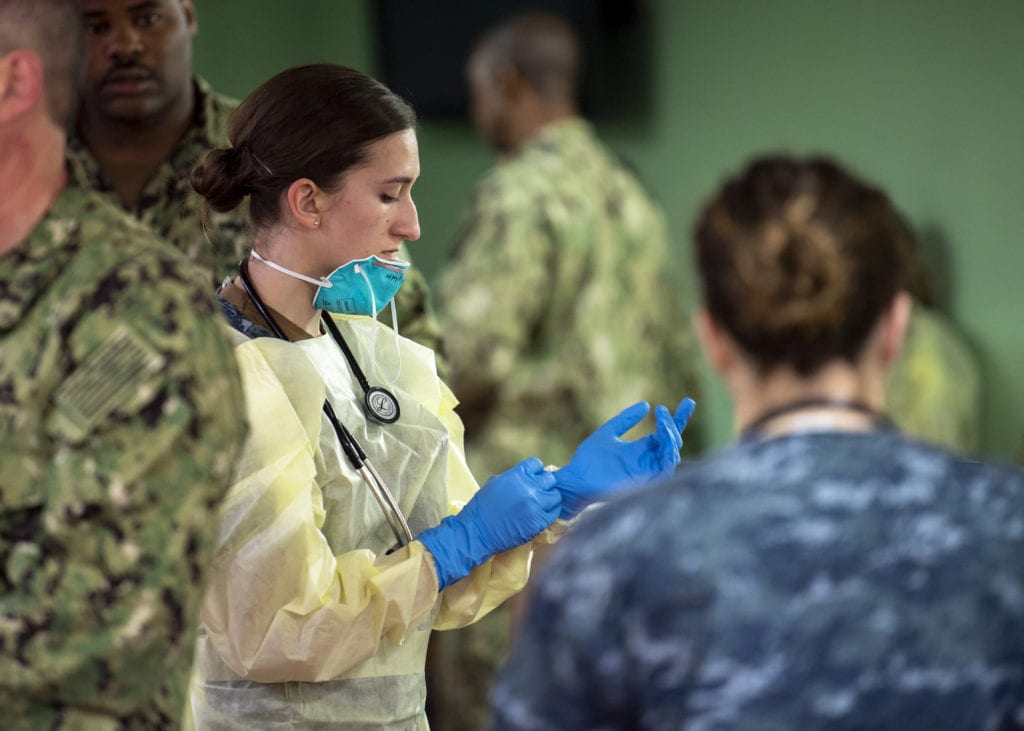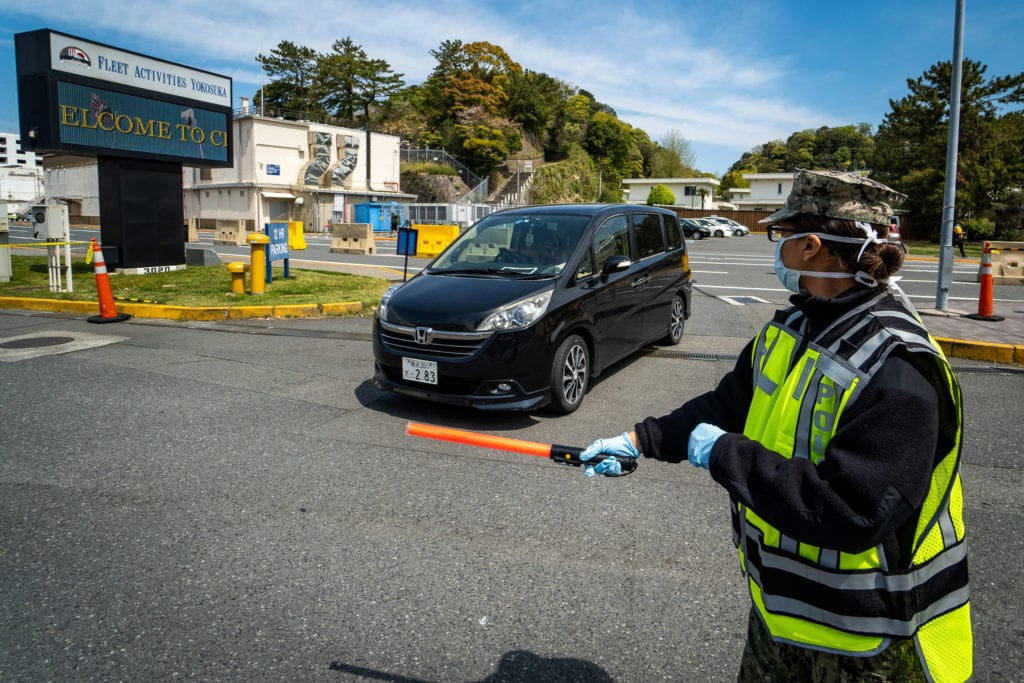Something Special: U.S. SOCOM Continues to Modernize Its Fleet of Smaller Surface Craft

Just as “Big Navy” is conducting programs to modernize its battle fleet, one of its fleets of small boats has been going through a substantial modernization: the small surface craft that support special operations forces (SOF), in particular the Navy’s SEALs and Marine Raiders in their clandestine operations.
The SEALs use special operations craft, operated by special warfare combatant craft operators, to approach shores and insert and extract teams of special warfare operators. These craft are fast, quiet, capable of shallow-water operations, and armed with machine guns for use if their cover is blown. The small craft also can be used for coastal patrol missions and to interdict hostile craft and conduct visit, board, search and seizure (VBSS) missions.
Check out the digital edition of the September Seapower magazine and other past issues here.
Navy Special Warfare Command, the parent unit of the SEAL teams, as a component of U.S. Special Operations Command (SOCOM), receives much of its equipment not through normal service acquisition channels but through SOCOM. SOCOM is a combatant command but is unusual in that it has its own acquisition budget and programs.
Special Warfare Small Boat Recapitalization Well Underway
During a May webinar, the vSOFIC (Virtual Special Operations Forces Industry Conference), Special Operations Command provided an unusual look into the acquisition programs of its naval craft and showed the special warfare community nearing completion of recapitalization of two classes of small boats and well along in a modernization program that will increase the capabilities of its special operations craft.
The Navy’s special operations boat capabilities and capacity has expanded greatly over a decade ago, when the special boat squadrons operated the Mark V special operations craft, the Naval Special Warfare Rigid-Hull Inflatable Boat and the Special Operations Craft-Riverine (SOC-R).
The CCA “is a great workhorse. It’s small enough, modular [and] easy to move around a theater, which is a great attribute for SOF craft.”
Capt. Rocky Russell, Special Operations Command program manager for surface systems
The aluminum-hull, 33-foot-long SOC-R, built by U.S. Marine Inc. (USMI), is designed for short-range insertion and extraction of SOF in riverine and littoral environments. The 40-plus-knot craft, heavily armed with machine guns, carries a crew of four as well as eight SOF personnel.
“At any given time, we’ve got 12 that are in training or in deployment rotations,” said Capt. Katherine Dolloff, who leads the Special Operations Command’s program executive office for maritime. “We’ve got 12 that are in lay-up. This is our only riverine capability.”
“It’s a great hull,” said Capt. Rocky Russell, Dolloff’s program manager for surface systems. “It’s aging. We’re working on the sustainment. We’re starting to think about the serious design effort on what the next-generation craft should look like.”
Craft to replace the Mark V boats are well established.
“The program for the Mark V special operations craft ended in 2013 as next-generation craft were being procured to replace the legacy craft,” said Lt. Cmdr. Tim Hawkins, a SOCOM spokesman.

The first craft to modernize the special boat squadrons is the combatant craft-assault, built by USMI. The 41-foot combatant craft-assault (CCA) is a low-observable, composite material, medium-range boat that provides expanded range, payload and speed over similar-sized special warfare craft such as 11-meter rigid-hull inflatable boats. The CCA is equipped with a small mast with a surface search radar, electro-optical/infrared sensor and satellite communications. It also can be airdropped from a C-17 transport aircraft.
Seven-Year Road for a ‘Workhorse’
Development of the CCA began by 2010 and the first boat was delivered 2013. Full operational capability was reached in 2017 with 32 CCAs fielded.
“This is a great workhorse,” Russell said. “It’s small enough, modular [and] easy to move around a theater, which is a great attribute for SOF craft. [It] can carry squad-size elements. It’s great for the VBSS mission and getting operators where they need to go. … We’re heavily employed overseas, doing great things.”
“We did just award a new [five-year] production contract with USMI, which will both add to the [CCA] fleet and replace aging craft,” Dolloff said.
Russell said the CCA design is “stable in the hull form, but we’re actually working on some major modifications, one of them being a new mast to incorporate the CC FLIR II [Combatant Craft Forward-Looking Infrared II] and a new comms box setup that help us have more modular, adaptable configuration for bringing systems on and off the CCA as technology evolves and mission needs evolve as well.”
This year, SOCOM will field the last of the current production run of the main replacement for the 82-foot-long Mark V, the combatant craft-medium (CCM) Mk1, built by Vigor Works. The CCM is a 60-foot fast craft designed to be clandestine, agile, and adaptive and that can insert and extract SOF in a medium threat environment. The CCM is small enough to be carried inside a C-17 transport aircraft, a large advantage over the legacy Mark V, which required the larger C-5 transport for movement.

The CCM was ordered in 2014 under an indefinite quantity contract. A total of 30 had been ordered as of 2020. Initial operational capability was achieved in fiscal 2015, and full operational capability is in track by the end of fiscal 2020.
“We’ve got 27 of 30 craft fielded [as of May 2020],” SOCOM’s Dolloff said.
“The CCM has been on a deployment cycle,” Russell added. “It’s done many things down range. There has been a big learning curve for us on a craft like this. It’s not quite as large as the Mark V, but it comes with a lot of different aspects that make it suited for today’s environment.”
“As pleased as the operators are with the CCM, SOCOM is focused on bringing a lot of things to CCM,” Russell said. “One of those is maritime precision engagement. We’re going to see a topside configuration change with the integration of CC FLIR II.”
Maritime precision engagement is envisioned to be “a standoff, loitering, man-in-the-loop weapon for combatant craft capable of targeting individuals, groups, vehicles [and] small oceangoing craft with low collateral damage,” he said, noting that the installation would involve craft alterations, launchers, and missiles.
Russell said the maritime precision engagement was a “very difficult challenge for the SWAP [size, weight and power] conditions on CCM to get it integrated smoothly.”
The CC FLIR II, built by FLIR Systems, is a “big upgrade from our legacy maritime FLIR,” Russell said. It is used to detect, recognize, identify, range, track and highlight objects of interest.
“It is in production and actually going on the craft,” he said, noting that as of May, 21 of 58 ordered had been delivered. Initial operational capability was achieved in fiscal 2018. Full operational capability is scheduled for fiscal 2024.
Another plus for the CCM is Maritime Tactical Mission Networking, nicknamed “Mountain Man.” This is being added to “give this boat much more connectivity to prove utility to offboard partners and bring situational awareness to the crew and whatever ground force we are carrying,” Russell said.
The program office also is working to install a retractable .50-caliber Mk50 machine gun system that retracts into the bow of the CCM.
Large, Stealthy, Exotic SEALION Gains Favor
The largest craft in the Navy Special Warfare Command’s fleet is the combatant craft-heavy (CCH) Mk1, which also is the most exotic and stealthy.
Known as the SEALION, for SEAL Insertion, Observation and Neutralization, the 40-ton, 80-foot low-profile craft built by Vigor Works, could be described as a semisubmersible. It has retractable masts for sensors and communications. Jet Skis, inflatable rubber raiding craft and diving equipment can be carried and launched out the stern. The SEALION also can be transported inside a C-17 aircraft. SEALION is based on an earlier prototype, the Alligator, which has been transferred to Israel, according to one report.
The Navy developed two as demonstrators, SEALION 1 and SEALION 2, and SOCOM was able to turn them into operational craft, Dolloff said. “One is forward deployed at any given time, … focused on national-level missions.”

The first two SEALIONs entered service with SOCOM in 2014.
“It’s a great craft,” Russell said. “Low numbers [in service], but it can do things that other craft can’t.”
A third SEALION is being built at Vigor. In June 2017, the company was awarded a $17 million contract for SEALION 3, which is designed based on the lessons learned from operation of the first two SEALIONs. Delivery is expected in 2021.
“We’re really excited to get SEALION 3 into the force,” Russell said. “That should be in early calendar 2022.”
In March 2019, SOCOM held a capability collaboration event to assess a CCH Mk2, a well-deck-capable, diesel-powered boat capable of crossing the ocean and delivering and extracting SOF and launching and recovering small unmanned surface and underwater vessels. But SOCOM is not actively pursuing that program, Russell said.
















